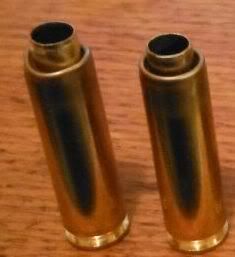I've just started reloading for long range shooting and, on the advice of a friend, bought the Lee collet die however I did something, or somethings wrong and messed the die up. I don't think that the collet was opening up like it was supposed to and I forced a round into the die and it pushed the die cap up enough that it stripped the threads. It appears the cap of the die is aluminum and it really didn't take that much force to strip the threads. I know that Lee will fix or replace the part or die for nothing however I was wondering if there is a better die out there for neck sizing. I was looking at the Forster and it comes with three bushings however it is quite pricey. I'll send the Lee back for repair any way but is the Forster worth the extra money?
Thanks.
Thanks.



